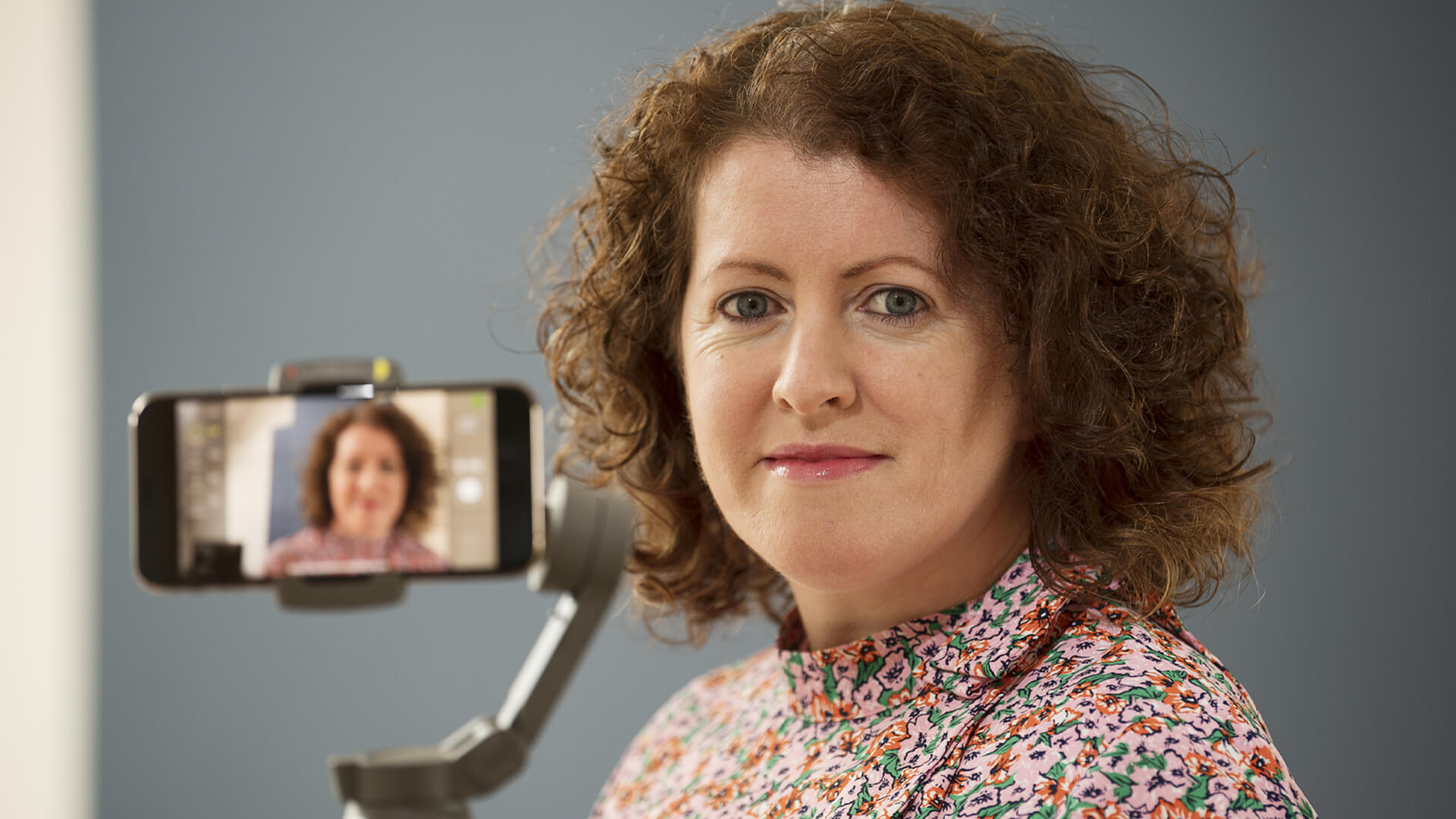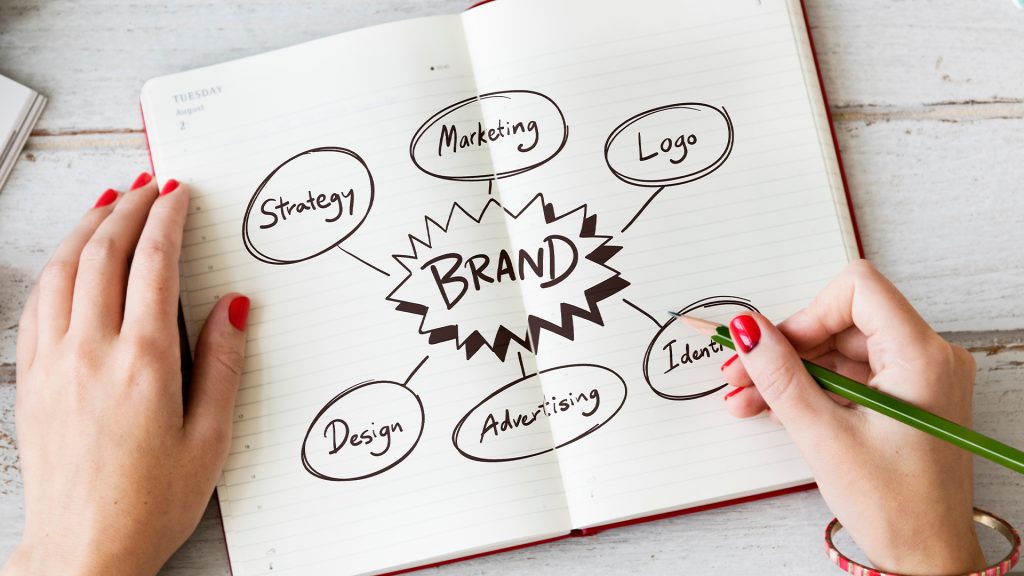Video Sherpa is a cloud-based video platform that enables companies to bring video production in-house. With a step-by-step workflow, Video Sherpa empowers businesses to film, edit, publish, and manage all their own unique video content. Using Video Sherpa’s platform, anyone can film high quality content, edit, share, and collaborate with colleagues on the cloud. In-built communication tools, publishing approvals, and direct social media integration ensure that anyone using Video Sherpa’s platform can get their own great content out on all relevant social channels and websites quickly and easily.
Here we speak to Video Sherpa Co-Founder Anna Downes on why personalisation is key to connecting with Gen-Z consumers.
1. Why do you feel personalisation in video marketing is beneficial in connecting to Gen-Z consumers?
Personalisation in video marketing is more than just seeing your name pop up on the screen, which can be seen as a bit gimmicky. At heart, it is all about giving people the right piece of content for them, at whichever stage of the buying journey they may be.
This helps brands to build credibility, as you are giving people laser-focused information, not heaps of generic messaging, much of which might be irrelevant for them at that time.
You don’t want to drown people in every detailed feature and function of your product when you are trying to initially grab their attention. Gen-z consumers are a prime example of this as they are most influenced by social media marketing and influencers they feel a personal connection to, rather than generic marketing campaigns.
While it might not be practical for every company to create personalised video content at scale, there are clever ways to ensure that your video marketing is speaking directly to your different audiences:
– Create different versions of your marketing videos for different niche audiences, changing out the messaging or calls-to-action depending on where they are based. For example, a retail store announcing an upcoming sale could make different versions of their video targeted to audiences in different parts of the country, “Hey Manchester fans, we’ve got some amazing deals waiting for you from 9am Saturday….”
– If you are trying to re-engage someone who has put items in their online cart, but didn’t follow through to checkout, why not send them videos with happy customers sharing their positive experiences of that brand/product to nudge them along.
– If your target audience is particularly small & focused, for example a defined group of sportspeople you want to invite to your event, it’s easier to create one single video, and then tailor the voiceover intro to personalise it for everyone in that small group.
2. What other factors contribute to connecting with Gen-Z?
Authenticity and storytelling are both really important when creating video content for any audience, but particularly younger ones. People still crave human stories and seeing the real names and faces behind the brands, so don’t be afraid to showcase your teams – designers, makers, sales team, support staff, your customers and the wider community you engage with. Nothing will help your brand stand out from the crowd and engage with your audience quite as much as being uniquely you!
Gen-Z consumers are more interested in human stories which reflect the diversity that they see in life around them. Marketing is more powerful if it leans into this and harnesses user stories, which can be very influential and a great way to reflect the diversity of your audience so people see themselves reflected back in your video content. Customer testimonials don’t have to be highly polished, glossy promos – according to Forbes
3. What are the benefits of in-house video versus outsourcing? Does personalisation play a factor here?
There is no doubt that producing your own video content in-house gives you not only greater control on the schedule, the budget but also the end result, without the cost or time involved in outsourcing to an external company.
Creating content inhouse also means that you have access to all the video footage that can be used again in other video projects. Over time, building up your own video library is invaluable, making it easier and faster to create new video content to keep engaging with audiences across all your channels.
It’s also a very cost-effective way to create slightly different versions of your videos – either for different audiences or on different channels where you can personalise the content and messaging to suit different niche audiences.
4. How do you see the future of video marketing being further impacted by consumer habits?
Video plays an important role in driving online sales, with 84% of consumers admitting that they were convinced to buy a product or service after watching a brand’s video.
Confidence in online consumer shopping is spreading into new categories all the time, with people now bidding online for properties, buying cars based on video calls, drone deliveries and brands testing more virtual shopping experiences.
Video is still key to all of these trends and with video becoming the preferred way to digest information for the huge majority of people, it’s essential that companies continue to prioritise their video marketing strategies.
5. Has the pandemic affected video marketing/personalisation? Do you see it impacting it any further?
The increased adoption of online shopping has been accelerated by the Covid-19 lockdowns earlier this year – convenience, increased choice, easier returns and a greater array of online payment options have all contributed to the enormous growth of online retail. Video marketing and personalization has been a key driver for the brands who have benefited most from these changes and that is not going to change.
If anything, it will continue to evolve and impact on more and more sectors – education, healthcare, cultural institutions are all looking at delivering some of their key services through video. While the ways we create and share video content will continue to evolve, the core power and value of video marketing itself remains the same.








